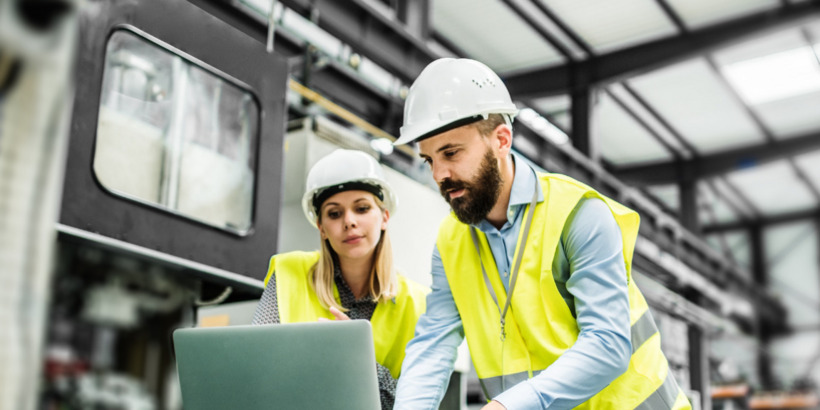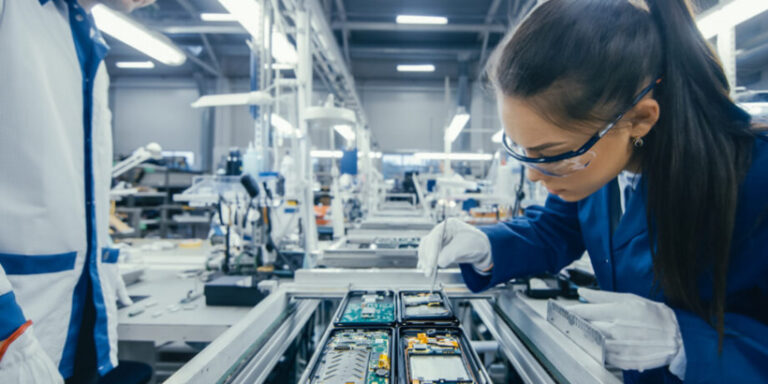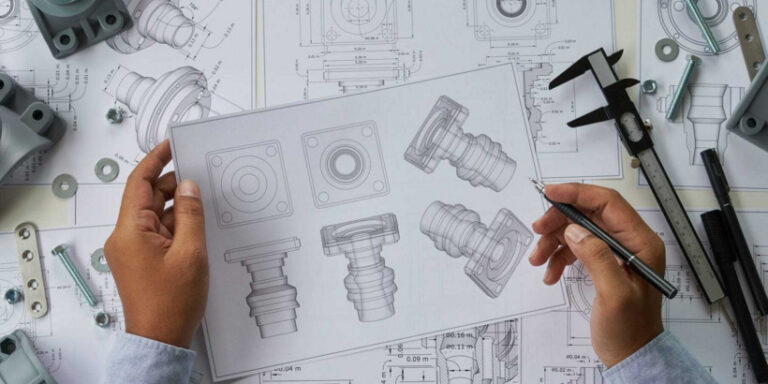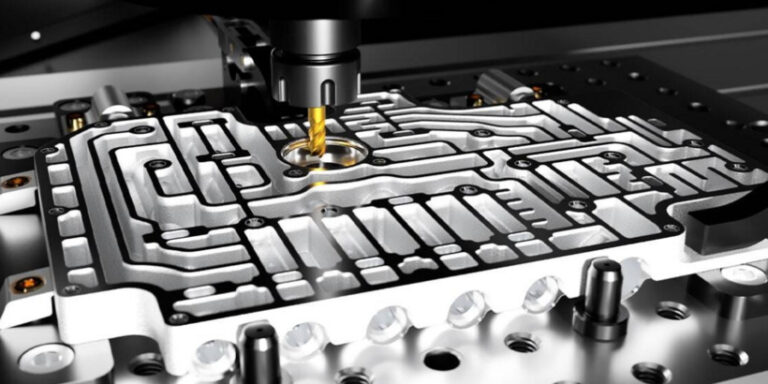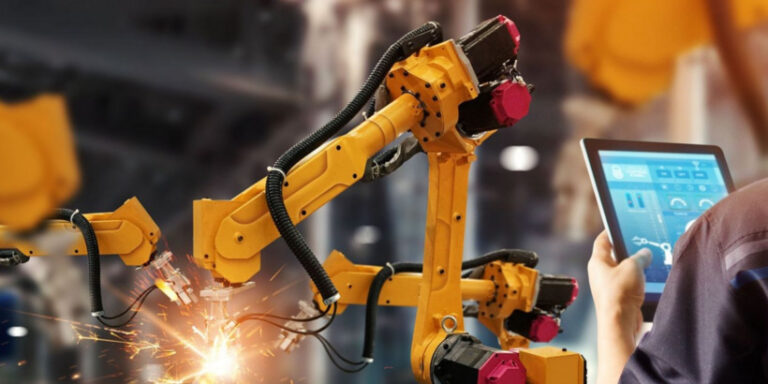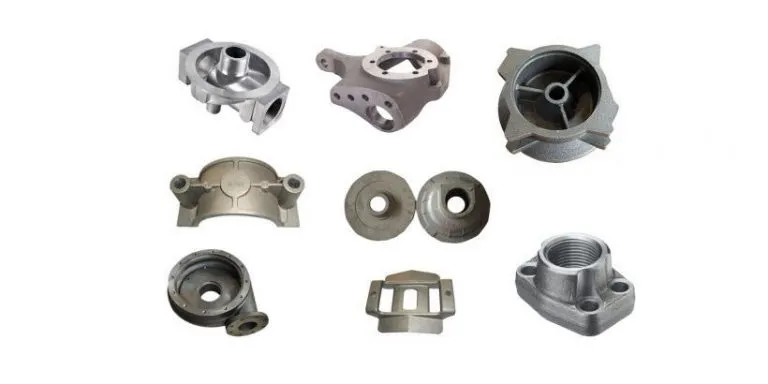The Impact Of Artificial Intelligence On Mechanical Engineering
As a mechanical engineer, I have always been fascinated by the potential of new technology to revolutionize our field. And there is no technology more promising – or more controversial – than artificial intelligence (AI).
From autonomous vehicles to smart factories and beyond, AI has the power to transform every aspect of mechanical engineering. But what will that transformation look like? And how can we prepare for it?
In this article, we’ll explore the impact of AI on mechanical engineering in depth. We’ll start by examining some of the key ways that AI is already being used in our field today. Then, we’ll dive into some of the exciting possibilities for future applications of AI in areas such as materials science, robotics, and more.
Finally, we’ll take a closer look at some of the challenges and ethical concerns surrounding AI’s integration into mechanical engineering – and consider what steps engineers can take to ensure that these technologies are deployed responsibly and with maximum benefit to society.
Current Applications Of Ai In Mechanical Engineering
As a mechanical engineer, I am fascinated by the current applications of AI in our field.
One of the most prominent areas where AI is making an impact is data analysis. With vast amounts of data being generated every day from various sources, it can be challenging to make sense of it all. However, with AI-powered algorithms and machine learning techniques, we are now able to analyze this data more efficiently than ever before.
Another area where AI is proving its worth is in predictive maintenance. By using sensors and analytics tools, we can predict when machines will need repairs or replacements well before they break down. This not only saves time but also prevents costly downtime for organizations that rely on these machines to operate their businesses smoothly.
It’s remarkable how far technology has come in such a short time, and I’m excited to see what other advancements lie ahead as we continue to integrate AI into mechanical engineering processes.
Ai-Enabled Materials Science
As fascinating as it is to witness the impact of artificial intelligence on mechanical engineering, there’s yet another aspect that deserves our attention. AI-Enabled Materials Science has been a game-changer in this field and continues to evolve rapidly.
Through machine learning algorithms, scientists are now able to predict and create new materials with enhanced properties. Augmented reality technology allows engineers to visualize the behavior of these materials under different conditions before even creating them physically.
Here are five ways AI is transforming material science:
- The ability to discover new alloys with precise characteristics.
- Faster development of high-performance composite materials for various applications.
- Optimization of material composition for maximum efficiency.
- Improved durability and strength through data-driven design.
- Predictive maintenance schedules based on real-time monitoring.
Thanks to AI-powered tools, we can now get innovative solutions faster than ever before while minimizing risks associated with traditional trial-and-error methods. It’s exciting to think about how this breakthrough will shape the future of mechanical engineering by opening up possibilities never thought possible; from building stronger structures that can withstand extreme weather events or developing more efficient transportation systems all thanks to AI-enabled materials science!
Robotics And Automation
I’m excited to discuss the subtopics of Robot Design, Automation Processes, and Robotics Programming when it comes to Robotics and Automation. I think it’s amazing how far artificial intelligence has come in terms of its impact on mechanical engineering. Robotics and automation have really revolutionized the way we approach engineering and programming tasks.
Robot Design
Hey guys, have you ever wondered how robots are designed and built?
As a mechanical engineer, I’ve always been fascinated by the process of creating autonomous vehicles that can complete tasks without human intervention.
One of the most exciting aspects of robot design is the use of predictive analytics to simulate different scenarios and optimize performance before launching into production.
By using advanced software tools, engineers can model various environments and test their designs in virtual reality, saving time and resources while ensuring maximum efficiency.
It’s incredible to see how far we’ve come in this field, and I’m excited to continue pushing the boundaries of robotics technology with each new project.
Automation Processes
So, we’ve talked about the fascinating process of designing and building robots, but have you ever considered how automation processes play a role in this field?
As a mechanical engineer who’s passionate about robotics and automation, I can’t help but be amazed by machine learning algorithms that enable these machines to perform tasks on their own.
Predictive analytics is another game-changer that allows us to analyze data and forecast outcomes with incredible accuracy.
With these technologies at our disposal, we’re able to develop smarter robots that are more efficient than ever before.
It’s truly remarkable what we can achieve when combining cutting-edge software with innovative engineering techniques!
Robotics Programming
So, we’ve seen how automation and machine learning have revolutionized the field of robotics. But let’s dive deeper into another aspect that brings these machines to life: Robotics Programming.
As a software engineer who specializes in robotics, I can attest to the critical role programming plays in creating intelligent robots. Through machine vision technology, these machines can ‘see’ their surroundings and make decisions based on what they observe. And with deep learning algorithms, they’re capable of adapting to new situations and improving their performance over time.
Programming is the backbone of robotic intelligence, allowing us to control every movement and function with precision. It’s truly incredible to witness these machines come alive through lines of code and interact with the world around them.
With advancements in both hardware and software technologies, the possibilities for robotics programming are endless – from autonomous cars to medical robots that assist surgeons during procedures. The future looks bright for this exciting field!
Ai-Powered Design Tools
As we’ve seen in the previous section, robotics and automation have revolutionized mechanical engineering. But there’s another technology that is making a significant impact on this field: AI-powered design tools.
These innovative tools are modernizing processes by simplifying workflows for engineers, allowing them to work more efficiently than ever before. With AI-driven software, designers can optimize product designs based on specific requirements such as cost, material usage, strength, or weight. This means they can create better products faster and with fewer errors than traditional methods would allow.
Additionally, these tools enable engineers to explore new ideas and refine existing ones quickly. They can run simulations of their designs with different parameters until they find the optimal solution that meets all criteria. The result is a highly optimized product that performs better while requiring less maintenance over its lifetime.
In summary, AI-powered design tools are transforming mechanical engineering by streamlining processes and improving productivity. With these technologies at our fingertips, we can expect even greater advancements in this field shortly.
Ai-Driven Manufacturing
I’m really excited to discuss AI-Driven Manufacturing, especially the subtopics of AI-Enabled Automation, Human-Robot Collaboration, and Predictive Maintenance. It’s amazing to see how AI is being used to automate processes and make production more efficient. I’m intrigued to see how humans and robots will work together in the future, and how predictive maintenance can be used to anticipate problems and keep factories running smoothly.
Ai-Enabled Automation
Hey guys, have you ever heard of AI-Enabled Automation in the context of AI-Driven Manufacturing?
It’s pretty amazing how smart sensors and predictive maintenance work together with artificial intelligence to streamline mechanical engineering processes.
By integrating smart sensors into equipment, machines are able to collect data on their own performance and report it back to engineers for analysis.
Predictive maintenance uses this data to anticipate when repairs or replacements will be necessary, reducing downtime and increasing efficiency.
With AI-Enabled Automation, manufacturing operations can run more smoothly than ever before.
Human-Robot Collaboration
So, we’ve talked about how AI-Enabled Automation has revolutionized manufacturing processes.
But what if I told you that robots and humans can work together to make manufacturing even more efficient?
Enter Human-Robot Collaboration.
With advancements in machine learning and autonomous systems, robots are becoming smarter and more capable of performing tasks traditionally done by humans.
However, there are still some tasks where human oversight is necessary or preferred.
By collaborating with these intelligent machines, workers can focus on higher-level decision-making while the robots handle repetitive or dangerous tasks.
This symbiotic relationship between humans and robots presents exciting possibilities for the future of AI-Driven Manufacturing.
Predictive Maintenance
Now that we’ve seen how robots and humans can work together to optimize manufacturing processes, let’s talk about another exciting development in AI-Driven Manufacturing: Predictive Maintenance.
With the help of smart scheduling and virtual prototyping, machines can now predict when they will require maintenance, allowing for more efficient planning and less downtime.
This technology uses machine learning algorithms to analyze data from sensors on equipment and detect patterns that indicate potential problems.
By addressing these issues before they become serious, companies can save time and money while ensuring their production lines run smoothly.
It’s clear that the future of manufacturing is becoming increasingly reliant on intelligent automation – what other innovations are yet to come?
Ethical Considerations
When we talk about the impact of artificial intelligence on mechanical engineering, we cannot ignore the ethical considerations that come with it.
As AI becomes more prevalent in society and the workplace, there are sociocultural aspects to consider. For example, how will this technology affect different communities? Will it widen the gap between those who have access to it and those who don’t?
Moreover, job displacement is a significant concern when discussing the use of AI in mechanical engineering. While these technologies can streamline processes and increase efficiency, they may also lead to fewer job opportunities for human workers. This raises questions about whether or not companies have a responsibility to retrain workers whose jobs become automated.
Overall, as we continue to integrate AI into our daily lives and work environments, we must approach its implementation thoughtfully and with consideration for all potential impacts both positive and negative.
It’s essential that everyone involved actively engage with these ethical concerns so that we can ensure that this technology benefits us as much as possible while minimizing any harm caused by its use.
Preparing For The Future
As we delve deeper into the ethical considerations of artificial intelligence in mechanical engineering, it becomes increasingly important to prepare for what the future holds.
In a world where machines are becoming more intelligent and automated, it’s crucial that engineers stay ahead of the curve by adopting new technologies such as augmented reality and predictive analytics.
Augmented reality can assist engineers in visualizing complex designs and identifying potential problems before they arise.
Predictive analytics can help predict maintenance needs and optimize performance, ultimately leading to reduced downtime and increased efficiency.
By embracing these advancements, we can not only improve our work but also contribute to creating a better future for all.
It’s essential that we not only consider the ethics surrounding AI but also take proactive steps towards harnessing its power for good.
Conclusion
In conclusion, the impact of artificial intelligence on mechanical engineering is both exciting and daunting.
On one hand, AI has already revolutionized materials science, robotics, design tools, and manufacturing. Engineers can now create stronger and more efficient products than ever before.
However, as with any technological advancement, ethical considerations must be taken into account. As a language model AI myself I am aware that there are concerns about job displacement in the industry as machines become increasingly capable of performing tasks traditionally done by humans.
Nevertheless, we should not fear progress but rather embrace it while ensuring that proper training programs are implemented to help engineers adapt to new technology. It¡¯s clear that AI will continue to play an integral role in shaping the future of mechanical engineering.
As such, it¡¯s important for current and aspiring engineers alike to stay up-to-date on the latest developments in this field so they can leverage these technologies effectively and responsibly moving forward. We have come a long way from simple machinery made out of pulleys and levers; let us continue innovating towards greater heights!
